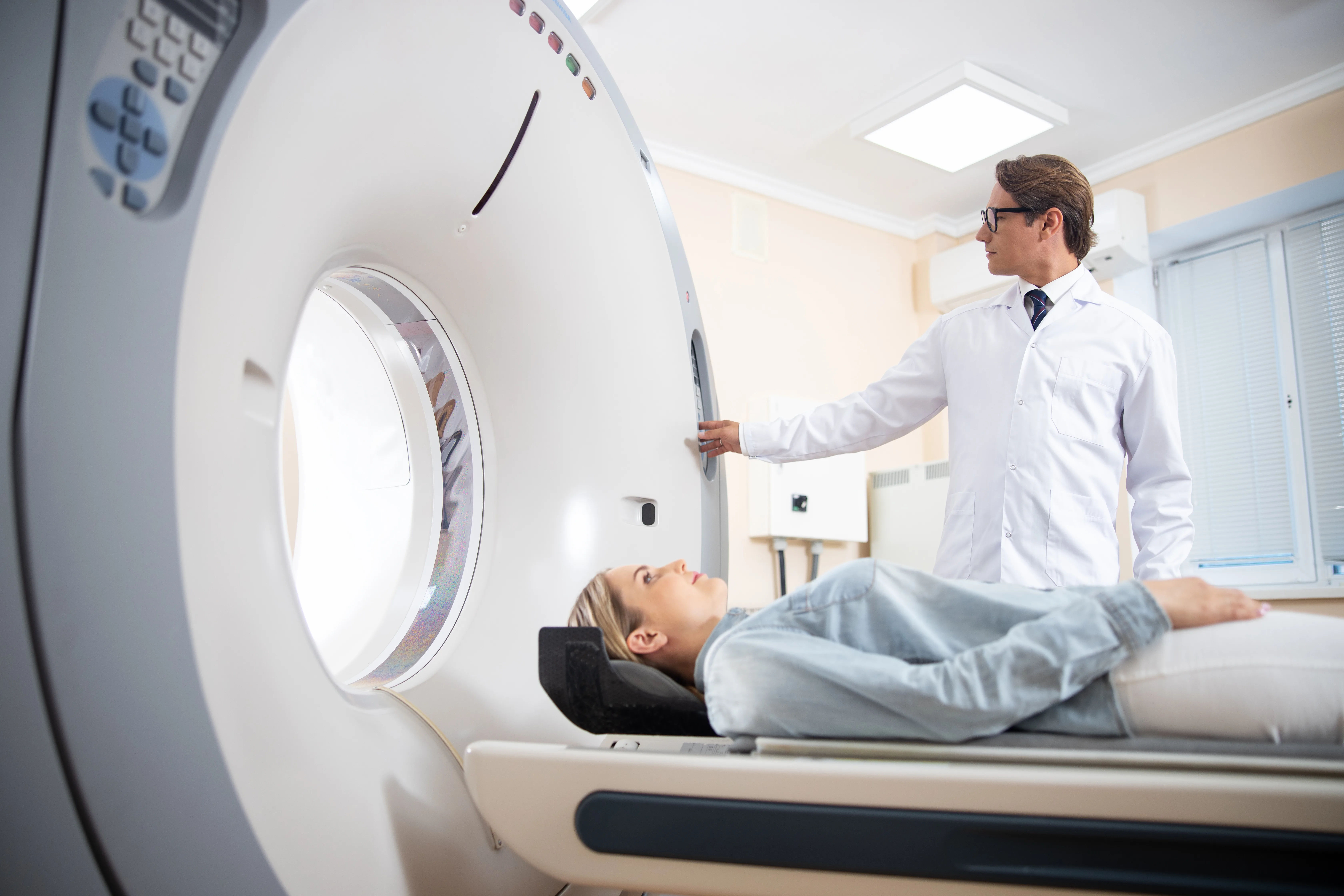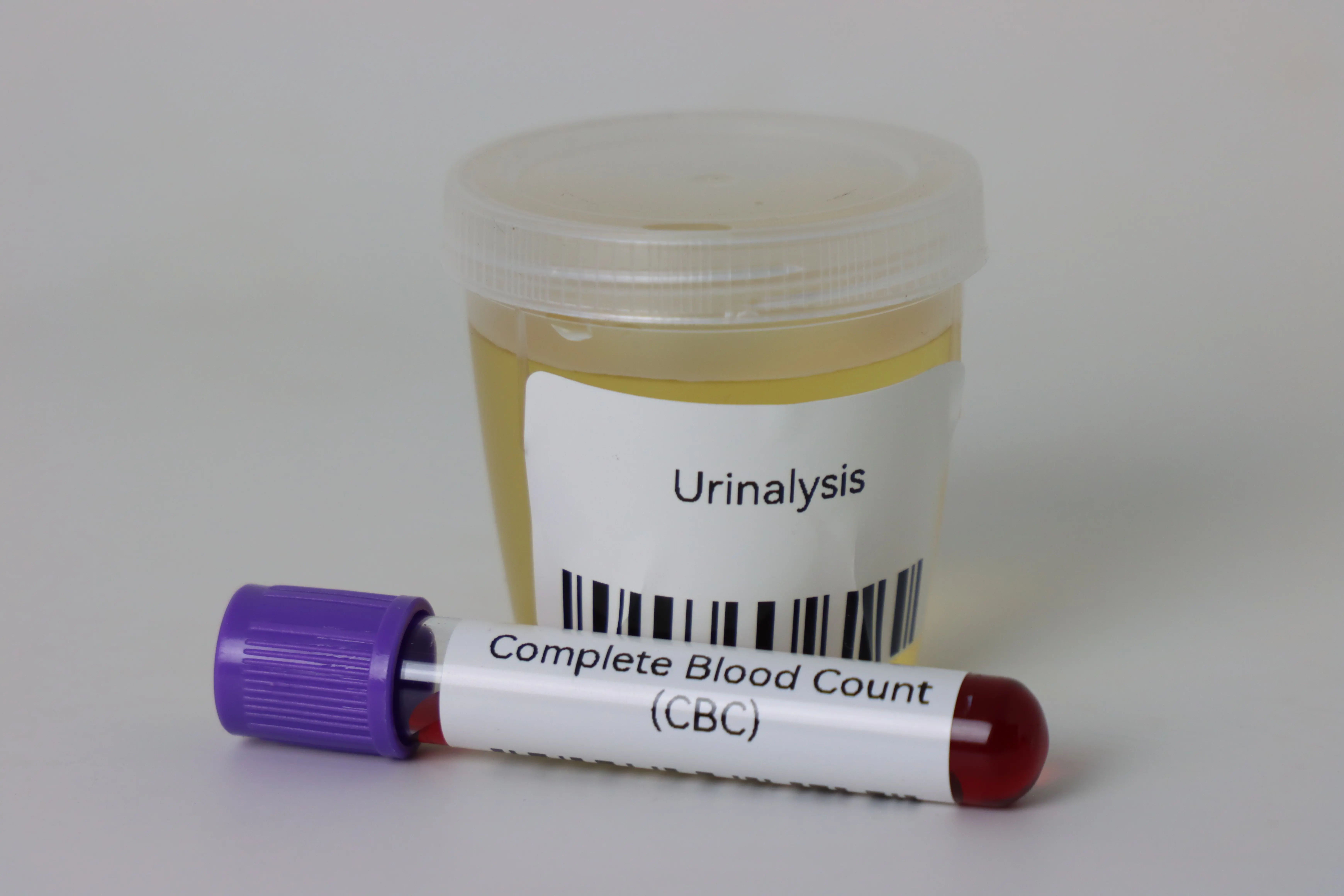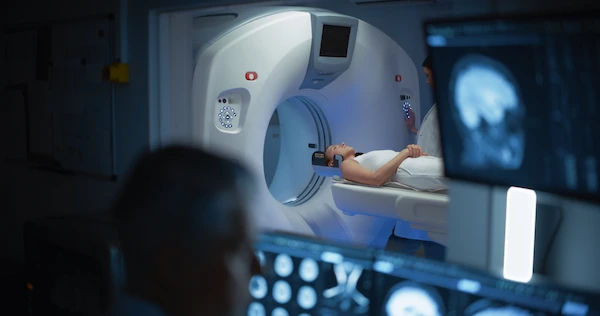Guide to Silent Mri Accurate Diagnosis
Learn how a silent MRI provides a quieter, more comfortable scanning experience while maintaining high diagnostic accuracy.

Written by Dr. Rohinipriyanka Pondugula
Reviewed by Dr. Vasanthasree Nair MBBS
Last updated on 24th Dec, 2025

Introduction
The loud, jarring noises of a traditional magnetic resonance imaging (MRI) scan—often described as loud banging, tapping, and humming—are a significant source of anxiety for millions of patients. This anxiety can lead to claustrophobia, involuntary movement, and in some cases, an inability to complete the scan, ultimately delaying crucial diagnoses. But what if you could undergo this vital diagnostic procedure in remarkable silence? Enter the silent MRI, a technological advancement designed to prioritise patient comfort without compromising on the quality of the results. This guide will walk you through everything you need to know about silent MRI technology, explaining how it works, who it benefits most, and, most importantly, how it contributes to a more accurate diagnosis by ensuring you can remain still and calm throughout the process. We will explore the science behind the silence and demonstrate why a more comfortable patient is key to a clearer medical picture.
What is a Silent MRI? Beyond Just Quieter Scans
A silent MRI isn't completely silent, but it represents a monumental leap in patient experience. While a traditional MRI can generate noise levels of 110 decibels or more (equivalent to a rock concert or a chainsaw), a silent MRI reduces this to an ambient background level of around 70-80 decibels, similar to the hum of a household vacuum cleaner from another room. This isn't just about volume; it's about transforming the nature of the sound from jarring and unpredictable to a smooth, consistent, and far less intrusive experience.
The Science of Silence: How Acoustic Reduction Technology Works
The noise in an MRI originates from the gradient coils—components that rapidly switch on and off to create the magnetic fields necessary for imaging. This creates powerful vibrations. Silent MRI technology, such as Siemens' "Quiet Suite" or GE's "Silent Scan," uses a combination of software and hardware innovations. The software employs redesigned pulse sequences that change the way the gradients are switched, significantly reducing the forces that cause vibration. Think of it as playing a gentle, continuous melody on a piano instead of aggressively hammering a single key. This advanced acoustic reduction technology is the cornerstone of the quiet experience, making the scan tolerable for a much wider range of patients.
Silent MRI vs. Traditional MRI: A Head-to-Head Comparison
Consult a Radiologist for the best advice
The Critical Link Between Patient Comfort and Diagnostic Accuracy
The primary advantage of a silent MRI extends far beyond mere comfort; it directly impacts the diagnostic outcome. An MRI machine is exquisitely sensitive to movement. Even the slightest tremor, deep sigh, or shift in position can create blurring or artifacts in the final images—distortions that can obscure crucial details.
How Motion Blurs the Picture: The Problem with Anxious Patients
When a patient is anxious, their heart rate and breathing can become irregular. The startling noises of a traditional MRI often trigger a flinch response. This involuntary motion artifact is a significant challenge for radiologists. It can make small lesions, subtle inflammation, or fine anatomical details difficult or impossible to see clearly. In some cases, the images are so degraded that the scan must be repeated, exposing the patient to more time in the machine and delaying diagnosis. A silent MRI mitigates this at the source by creating a calm environment, allowing the patient to relax and lie still, which is fundamental for accurate diagnosis.
Case Study: Improved Paediatric Imaging with Silent MRI Technology
Children are among the most challenging patients for MRI. A study published in the Journal of Magnetic Resonance Imaging found that the use of silent MRI sequences in paediatric brain scans led to a significant reduction in the need for sedation. Without the terrifying noise, children were far less likely to move or panic. This not only eliminates the risks associated with anesthesia but also produces sharper images, leading to more confident diagnoses of neurological conditions. This makes silent MRI for children a preferred choice for many radiologists and parents alike.
Who Benefits Most from a Silent MRI Scan?
While anyone can benefit from a quieter, more comfortable scan, certain groups will find a silent MRI particularly transformative.
Essential for Patients with Claustrophobia or High Anxiety
For individuals with claustrophobia, the combination of a confined space and overwhelming noise can be unbearable. The noise reduction in a silent MRI directly addresses a major trigger, making the procedure manageable for many who would otherwise require heavy sedation or forgo the scan entirely. If you have previously had a panic attack during an MRI, discussing silent MRI for claustrophobia with your doctor is a crucial step.
A Game-Changer for Paediatric and Special Needs Patients
As mentioned in the case study, children and individuals with sensory processing disorders or cognitive conditions that make it difficult to tolerate loud noises are ideal candidates. The quieter environment reduces fear and sensory overload, increasing the likelihood of a successful scan without sedation.
Ideal for Lengthy or Complex Scanning Procedures
Some diagnostic protocols, such as those for detailed neurological or musculoskeletal mapping, can take over an hour. Maintaining perfect stillness for that long in a noisy environment is challenging. The calm of a silent MRI makes enduring these longer scans much easier, ensuring that every minute spent in the scanner contributes to the highest quality images.
What to Expect During Your Silent MRI Procedure
Knowing what to expect can further ease anxiety. The preparation and procedure for a silent MRI are similar to a traditional one, with the welcome exception of the noise.
Preparation: Steps to Take Before Your Appointment
You will be asked to remove all metal objects. You can wear comfortable, metal-free clothing. The staff will confirm your medical history and screen for any implants that are not MRI-compatible. There are typically no restrictions on eating or drinking unless your specific exam requires it (e.g., abdominal MRI with contrast). If you have any concerns about your eligibility, it's always best to consult with your doctor or the imaging center beforehand. For complex cases, you can consult a specialist online with Apollo24|7 to get preliminary advice.
The Scanning Experience: A Calm and Quiet Journey
You will lie on a padded table that slides into the scanner. You will be given a call button to hold throughout the procedure. Once you are comfortable, the technologist will begin the scan. Instead of the familiar loud banging, you will hear a soft, humming sound. Many patients describe it as a mild vibration. The technologist will communicate with you through headphones between sequences to check on you. You simply need to relax and remain as still as possible.
Addressing Common Concerns: Safety, Eligibility, and Image Quality
Is a Silent MRI as Accurate as a Traditional One?
Yes. This is the most important question, and the answer is a resounding yes. Extensive clinical validation has shown that silent MRI sequences provide diagnostic image quality that is equivalent to, and in some cases superior to, conventional sequences. The superior patient comfort leads to less motion, which can actually result in clearer images and a more accurate diagnosis.
Are There Any Additional Risks or Contraindications?
A silent MRI is just as safe as a traditional MRI. The safety profile is identical because the fundamental technology—the use of strong magnetic fields and radio waves—is the same. The same screening procedures for metal implants, pregnancy, and other conditions apply. There are no additional risks introduced by the acoustic reduction technology.
How to Access Silent MRI Technology
Finding a Clinic Near You: Key Questions to Ask
Not all imaging centers have silent MRI technology yet, as it is an advanced feature on newer MRI systems. When your doctor orders an MRI, you can proactively ask if a silent MRI is available and appropriate for your condition. Call local imaging centers and ask: "Do you offer silent MRI scanning technology, such as Siemens Quiet Suite or GE Silent Scan?" If your condition does not improve after trying conservative methods and your doctor recommends an MRI, you can book a physical visit to a diagnostic center with Apollo24|7 to explore your options.
Conclusion: A Clearer Path to Peace of Mind and Precision
The advent of the silent MRI represents a significant step forward in patient-centered care. It successfully dismantles one of the biggest barriers to obtaining a crucial diagnostic test: fear. By transforming the scanning experience from one of anxiety to one of calm, this technology directly enhances the quality of the results. A relaxed patient is a still patient, and a still patient is the key to the sharp, clear images that radiologists need to make an accurate diagnosis. Whether you struggle with claustrophobia, are seeking a scan for your child, or simply want the most comfortable experience possible, the silent MRI offers a powerful combination of comfort and clinical excellence. Discuss this option with your healthcare provider to see if it's the right choice for your diagnostic journey.
Consult a Radiologist for the best advice
Consult a Radiologist for the best advice

Dr. Alakananda Choudhury
Radiation Specialist Oncologist
6 Years • MBBS, MD ( Radio Therapy )
Barasat
Diab-Eat-Ease, Barasat
Dr Nani Lampung
Radiologist
8 Years • MBBS, MD Radio Diagnosis
Naharlagun
MG DIAGNOSTIC CENTRE, Naharlagun
Dr Tajeshwar
Radiologist
9 Years • MBBS, MD Radiodiagnosis
Chandigarh
Imperial Radiology, Chandigarh
(350+ Patients)
Dr Revansidddapa Kalyani
Radiologist
10 Years • MBBS,DNB IN RADIO
Bengaluru
Apollo Clinic hosa road, Bengaluru

Dr. Dhruv Taneja
Radiologist
14 Years • MBBS, MD - RadioDiagnosis/Radiology
Gurugram
Prohealth Imaging, Gurugram
Consult a Radiologist for the best advice

Dr. Alakananda Choudhury
Radiation Specialist Oncologist
6 Years • MBBS, MD ( Radio Therapy )
Barasat
Diab-Eat-Ease, Barasat
Dr Nani Lampung
Radiologist
8 Years • MBBS, MD Radio Diagnosis
Naharlagun
MG DIAGNOSTIC CENTRE, Naharlagun
Dr Tajeshwar
Radiologist
9 Years • MBBS, MD Radiodiagnosis
Chandigarh
Imperial Radiology, Chandigarh
(350+ Patients)
Dr Revansidddapa Kalyani
Radiologist
10 Years • MBBS,DNB IN RADIO
Bengaluru
Apollo Clinic hosa road, Bengaluru

Dr. Dhruv Taneja
Radiologist
14 Years • MBBS, MD - RadioDiagnosis/Radiology
Gurugram
Prohealth Imaging, Gurugram
Frequently Asked Questions
1. Is a silent MRI completely silent?
No, it is not completely silent. The term 'silent' is relative. It reduces the noise to a soft, humming sound, similar to a distant vacuum cleaner, which is a significant improvement over the loud banging of a traditional MRI.
2. Will my insurance cover a silent MRI?
In most cases, yes. Since a silent MRI provides diagnostically equivalent images for the same clinical indications, it is typically billed under the same CPT codes as a traditional MRI. However, it's always best to check with your insurance provider and the imaging center beforehand.
3. Can I request a silent MRI if my doctor doesn't mention it?
Absolutely. You are encouraged to be an active participant in your healthcare. If you have anxiety about the procedure, discussing the benefits of silent MRI for claustrophobia with your doctor is a perfectly reasonable request.
4. Are there any situations where a traditional MRI might be better?
For certain highly specialised research protocols or specific types of tissue characterisation that require unique pulse sequences not yet optimised for silent scanning, a traditional sequence might be necessary. Your radiologist will determine the best protocol for your medical needs.
5. How do I find a clinic that offers silent MRI scans near me?
The best approach is to contact major hospital radiology departments or private imaging centers in your area and ask directly if they have MRI scanners equipped with 'acoustic reduction' or 'silent scan' technology from manufacturers like Siemens or GE.




